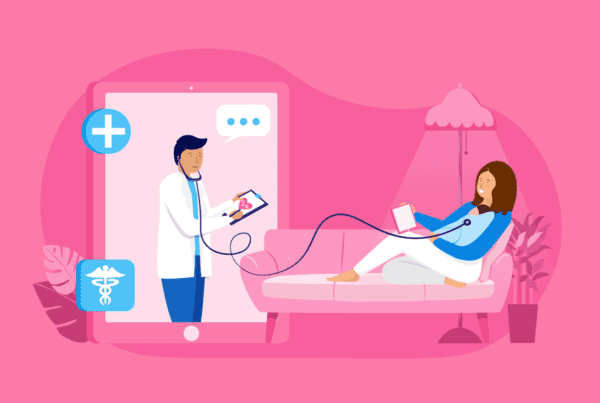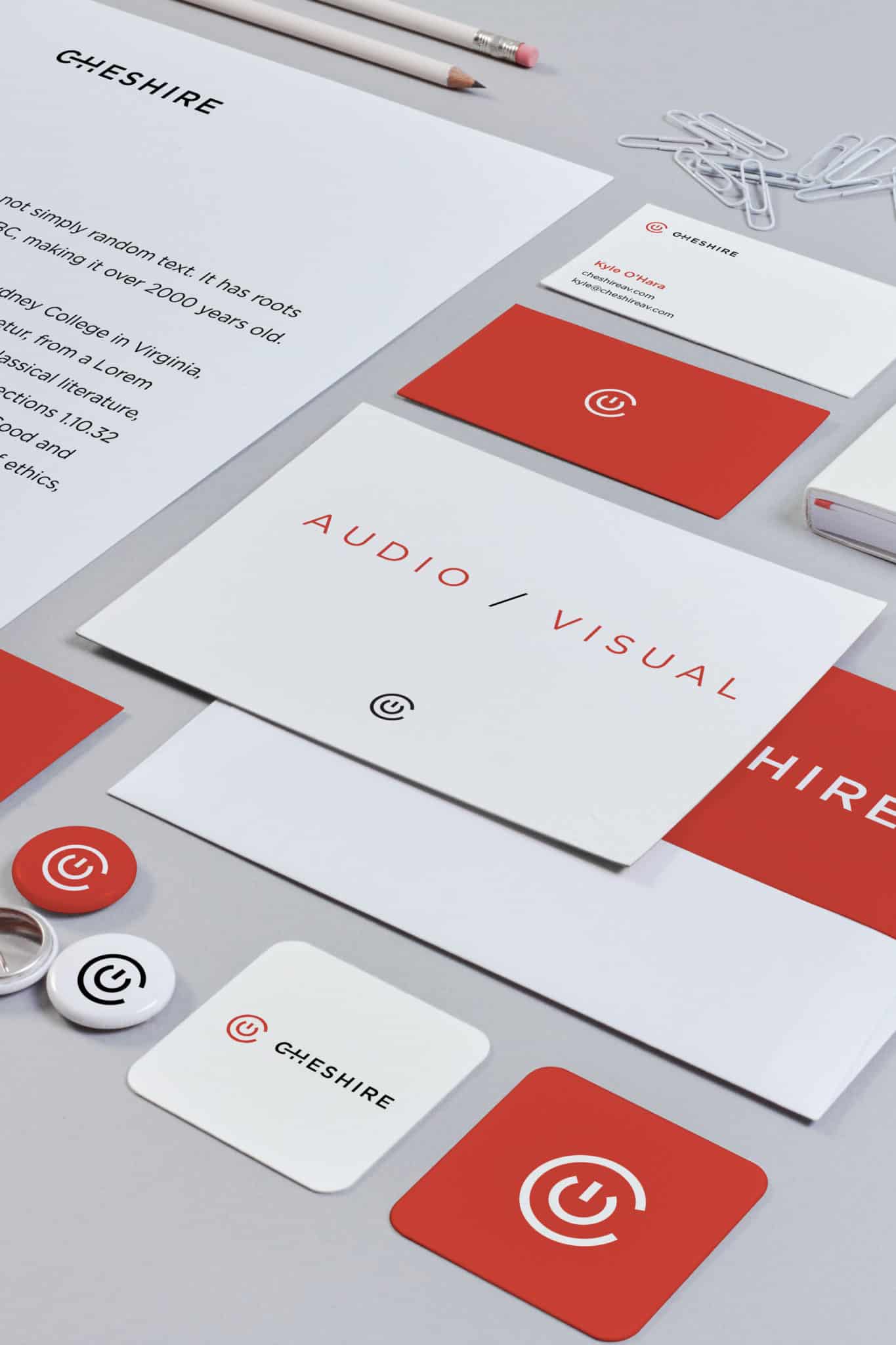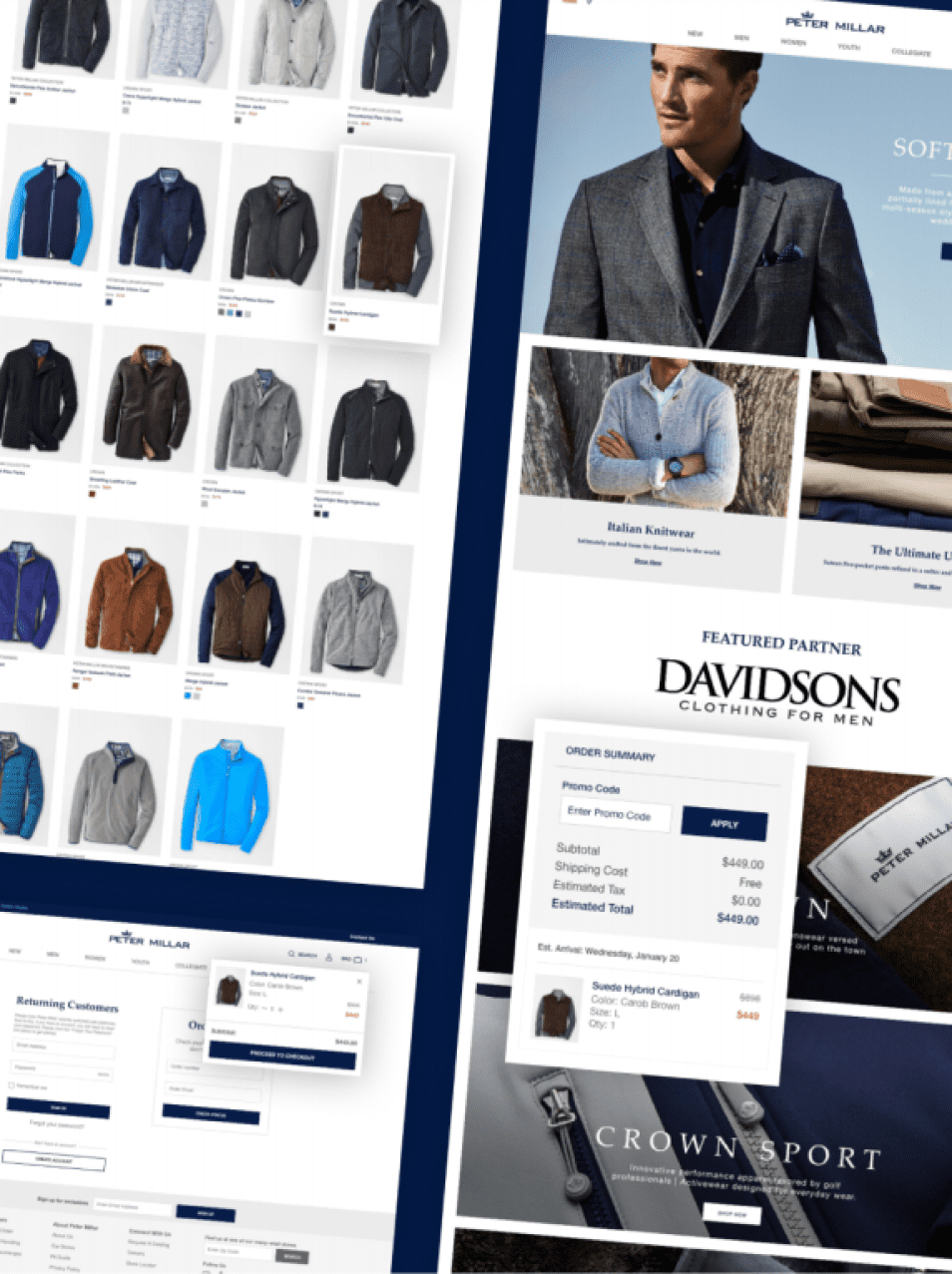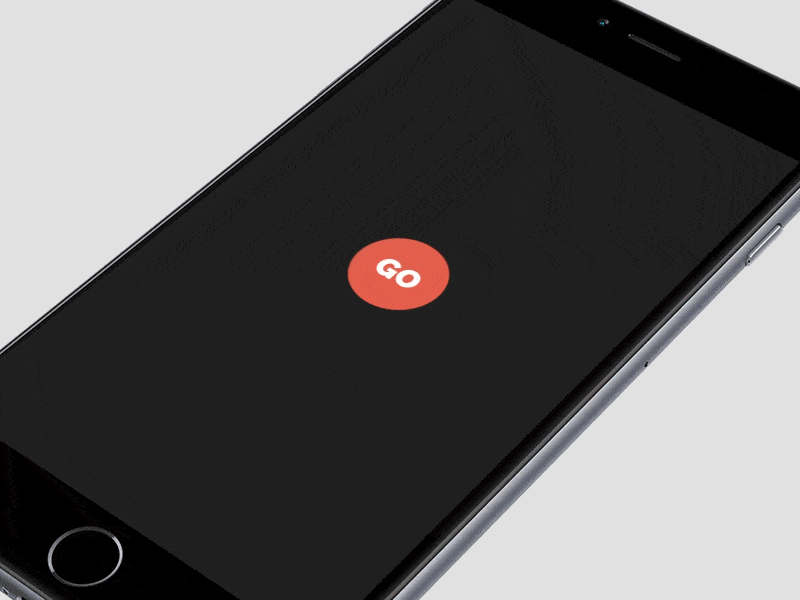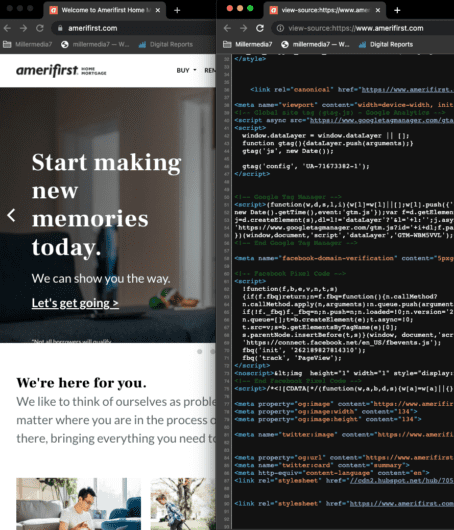Keeping up with the current trends is important for any area, not to mention the UX design which directly influences the way your digital product is positioned and perceived by the users. This year is coming to an end and this means it’s a high time to make some conclusions and predictions for the future.
Whether we want it or not, gone are the days when just one or two disruptive changes were happening during a year so following the stream was really easy. Nowadays, the technological world is more dynamic than ever and the competition is indeed tough. To meet users’ expectations, you at least need to keep your finger on the pulse. But if you want to win the race, even that is not enough. You have to be one step ahead of your rivals.
In this article, we’ll take a brief look at what happened with 2018 UX trends. We’ll also try to anticipate the emerging tendencies that have potential to become new big things in the coming year.
A shift from flat to Material design
The choice of the first major trend we talk about in this article is not accidental. Minimalist approach to user interfaces of web and mobile applications has been popular for a few years already. But while flat design had a dominant position lately, it seems that material design will replace it in 2019.
Both material and flat design have a common purpose – they are focused on making a user interface simpler and improving its usability. Yet, a flat design relies on 2D illustrations, strong color hierarchy and noticeable important elements (for example, links and call-to-action buttons).
At the same time, Material design attempts to recreate a feeling of real paper and ink but in a more advanced manner (see below).

Key features of Material design you may want to apply in 2019:
- grid-based layouts
- print design methods (typography, colors, imagery)
- shadows
- animations
Improved navigation capabilities
We talked about simpler navigation last year and we cannot ignore this topic when discussing UX trends for 2019. This is because the general direction of UX design towards simplification of users’ life remains the same. What changes is the tools we use to move forward in that direction.
Linear navigation
No need to discuss linear navigation in great detail. This is something that’s been around for a while and I believe something we all are familiar with. Nevertheless, we just couldn’t skip this trend because it will still be on the table in 2019.
As you may already know, linear navigation is all about ‘tunneling’ user experience. Basically, you guide users to the end goal of your product by showing them what exactly they should do on every screen.
If you still have not implemented the principle of linearity in your app or website, we highly recommend you to do that. Uber is a classic example of an app with a linear navigation (see below). But you can also explore other goal-driven mobile and web app, for example Amazon, to get some inspiration.

Gesture-based controls
While iPhone X in 2017 marked the beginning of buttonless phones era, the release of Google’s Pixel 3 and Pixel 3 XL in 2018 confirmed it as a trend. Removal of a home button from the bezel made people rethink the way they interact with smartphones. For UX designers, however, this change became quite a challenge.

The main reason why Apple and then Google decided to go for the gesture-based navigation is the tempting opportunity to save more screen space for the apps. Yet, since gesture-driven interfaces also mean hidden controls, a user may feel confused. And this may lead to the poor user experience.
To avoid such an unpleasant situation, here’re two tips that will help you combine gesture-based navigation and usability:
- use standard gestures that people are already used to, for example, pull to refresh the feed (see below)
- use animated hints to show users how to interact with an app if standard gestures cannot be applied.

Voice-command technology
This is also a trend we heard about last year but it’s continuously evolving and we have no right not to mention it again.
According to Statista, 71 percent of respondents in the US said they would prefer usage of a voice assistant over a keyboard to find information online. And this year we had a significant shift in this area. In July, Google announced Speakable that is a markup allowing publishers to select sections of articles to be read aloud by Google Assistant and Google Home devices.

Given that speech recognition patterns are being constantly improved in recent years, it’s expected that the voice search will continue growing in popularity in 2019 as well.
Digital storytelling
Business storytelling was recognized as an effective tool for reaching minds and hearts of consumers several years ago. This is because it helps brands apply directly to people’s emotions, as well as allows them to stand out from the crowd.
What design has to do with storytelling? Well, telling a compelling story is crucial, but the way it’s delivered is equally important. This is where UX design comes on stage helping companies shape the stories and make them look appealing to users.
Major focus on video content
Three years ago, Cisco did a research and said that 80 percent of Internet traffic will be video by 2019. At that time, these figures sounded unbelievable, but as we are getting closer to the target year, they do not seem so unreal anymore.
A lot of companies already use videos to introduce consumers to their brands (About Us page) or products (video ads). But as millennials do not watch TV and mostly use smartphones to get any information about goods and services they’re interested in, the role of online videos is increasing exponentially. That’s why it should not be limited only to welcome page and traditional advertising.
Tips for optimizing your video content in 2019
- create explanatory videos related to your product. For instance, if you own a wine shop, a great idea would be to produce the video content on how to combine different wine varietals with food.
- try not to overdo. In today’s fast-paced world, people’s attention span is not getting longer. Hence, opt for creating several short videos covering one topic each.
- utilize social media. And Instagram stories and Facebook Live are here to help you.

AR to get closer to users
While videos tell brands’ stories, augmented reality (AR) technology helps users become a part of such stories. It actually bridges the gap between your company/product and consumers.
Last year, we anticipated that creating AR apps will be easier with AR kit from Apple and AR Core from Google. And our predictions came true. With iOS 12 update (September 2018) and bringing AR Core out of beta version (February 2018), the AR-powered apps do not seem the things of the future anymore.
Take, for example, Just a Line app by Google allowing users to draw with the help of AR technology that was released at the beginning of 2018.

Another great example of this is from Air Measure. Their app makes it possible to measure real world spaces without the need for the real measuring tape.

VR to deliver a memorable user experience
Virtual reality technology is also a tool for digital storytelling as it helps users become surrounded by a story.
As predicted, VR has not become a widespread trend in 2018 but it has the potential to do that in 2019. The main reason why the technology didn’t manage to reach a broad audience is the high price for the VR headsets. Yet, Oculus Quest, a standalone headset by Facebook, is expected to be released next spring and its announced price is quite modest – just $399. So things are going to change in the nearest years.

Get Ready for VR in 2019!

On top of that, in September 2018, Mozilla released its Firefox Reality browser for stand-alone VR and AR headsets. Hence, the progress in this area is quite promising and we can’t wait to see how everything is going to unfold in 2019.
Improved interactivity
It’s easier to catch users’ attention with something that is moving rather than with static elements. That’s why animation (both functional and delightful) remains an ever-evolving trend.
Dynamic interfaces
With the increased popularity of Material design and gesture-based navigation, interfaces have become more dynamic. And this brings a lot of benefits to users. First of all, it’s easier to notice what was done if buttons and fields on the screen are changing due to users’ actions. Secondly, animations can show users the next steps making their journey more convenient and pleasant.
Memoji
If iOS 11 introduced us to Animoji in 2017, the release of iOS 12 brought its more advanced version – Memoji. With Memoji, iPhone users may create 3D cartoon versions of themselves. So not only is animation becoming an essential element of interfaces, but it’s also getting more personalized.

Data-based design
With the rise of machine learning and artificial intelligence, companies got an opportunity to take a more personalized approach to servicing their customers. And people’s expectations in this area are nowadays higher than ever before. When we use some app regularly, we want it to know our preferences. When we open Uber application, we expect it to guess our location. When we get some recommendations, we want them to be relevant.

While, it’s still too early to talk about such advanced personalization tools as age-responsive design, it’s anticipated that data-based design will get much more attention in 2019.
So the prediction is that personalization will move from a nice-to-have to must-have category. This is especially applicable to e-commerce, as well as to any application that is related to a person’s routine (for example, ordering food, buying clothes reservation of cinema tickets etc.).
Omni-channel payments
This trend is also related to personalization. According to Juniper study, the number of mobile users will reach 2.1 billion in 2019. But, while mobile payments are confidently conquering the world, a buying process should be tailored to different categories of customers. This means you should consider also those users who haven’t joined the movement yet. So the integration of Apple and Google Pay is a must, but don’t hurry to get rid of more traditional payment options in 2019.
Final thoughts
The above list, of course, is not exhaustive – we just tried to make some analysis and forecasts based on what we see as UX professionals. But, as mentioned, the world of UX design is ever-changing and dynamic. New ideas emerge and become contagious frequently. Hence, we will try not to lose track of new trends and will continue informing you about all the major changes in the UX space.
You can always check out all of our posts at www.millermedia7.com/blog



